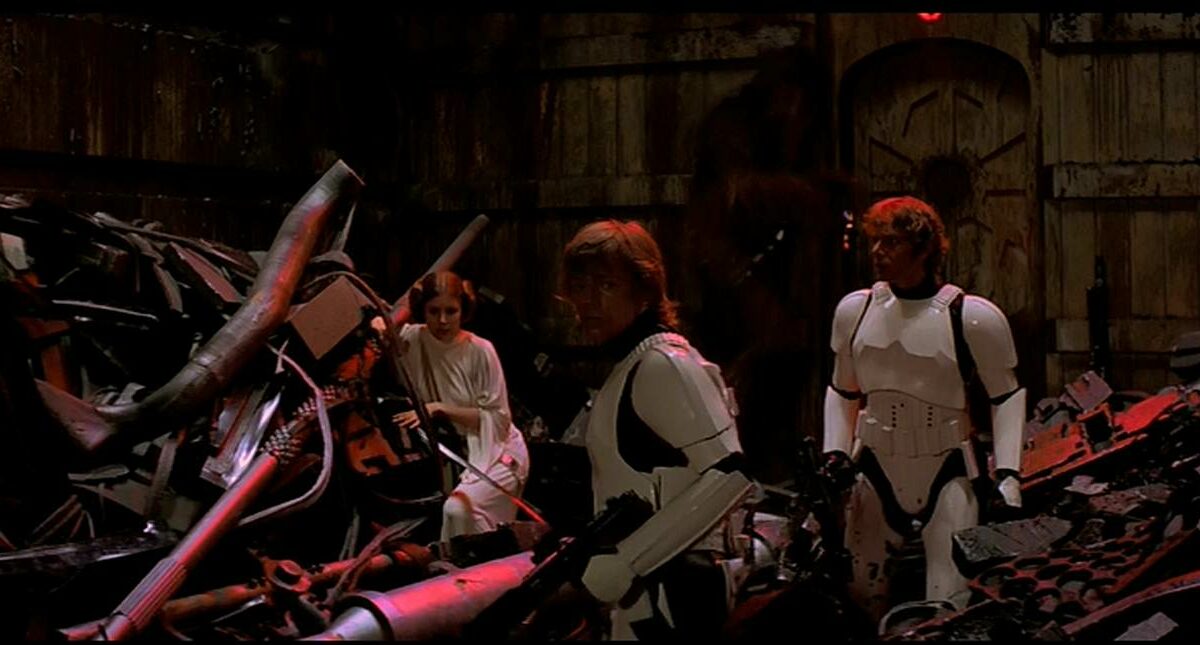The temptation is to see story as a luxury item: something that brands implement to lift their margin. There’s nothing wrong with that of course – it’s powerful and it works. At The Blake Project we don’t think that story is just a top-end nice-to-have. Our view is that most brands, no matter where they are priced in the marketplace, need a storyline.
To understand why, first let’s think about the alternative. Without a storyline, a product is just that. It has everything it needs (hopefully) to do what it’s being bought for but that also means it’s just another detergent, car oil, computer, whatever …That makes it highly vulnerable to house brands and to cheaper versions of what amounts to ‘the same thing’. It also means markets get packed very quickly with variants of the same idea that rapidly diminish the value equation — think of Groupon and its 425 competitors.
This problem of course only becomes more acute as you move down the value chain – meaning that at the very points in the market that are most crowded and where competition is highest, the chances of finding differentiation are diminished, and much of the marketing amounts to little more than a rowdy discounting squabble based on ‘unbeatable pricing’. Case in point, of course, those positioned in middle and lower markets should be upping their back story to compensate for this lack of differentiation.
The real power of story is that it provides context, in two senses. First of all, it helps consumers differentiate an offering by attaching more than just functionality to a product. It can also help them understand why a product is priced the way it is – up or down. The discount airline Ryanair are masters of this. Their price is a clear call to the market – don’t expect much, because you’re not paying much. And everything they do revolves on that premise. They do have a storyline, albeit an unusual one, based it seems on minimalism.
Secondly, and perhaps just as importantly, a storyline gives the brand owner a consistent and differentiated narrative upon which to base and evolve brand marketing. Again, Ryanair play on this with their discussions of stand-up passengers and paying for toilets. Their whole approach to their business and their marketing revolves around ‘how much less can we do?’ Provocative it may be, but it’s also consistent, distinctive and, in a highly effective way, it proves their price point. Even their at-times resentful customer service has that air of the cranky scrooge who insists on you meeting their demands on every aspect of your flight in order to qualify for their unreasonably low price.
Is it really that much cheaper to fly Ryanair than anyone else? Does it really matter? The airline brings that story to everything it does and talks about. Personally, I wouldn’t touch them with a long pole (I fly too much not to value some level of experience), but for some people they are utterly irresistible.
Finally, stories introduce humanity. They make you think through and act upon a narrative that is fundamentally rooted in human truths. Stories generate empathy. We see ourselves in the tale. Or we see a side of ourselves. Or we see the ‘me’ that we would like to be. Without that narrative, what are brands going to talk about and how are you going to focus your behaviors? Exactly. Everything is going to be dominated by features and discounts basically. These are much more restricted lines of engagement. And without a storyline hook to hang them on, they’re boring: witness the beauty pageant on any rush-hour ad break for evidence.
3 key points to think about:
Story is the new experience. Everything in marketing goes through phases. For some time, you couldn’t move without running into experience advocates. Experience is still important, but as that too commoditizes, we’re now seeing experiences that are informed by stories. This is no surprise really. As marketing becomes more social, brands will need to become even better and more sophisticated story-tellers. It’s a pre-requisite for getting people to talk about you and think about you in positive ways.
Story helps growth. As companies move into new sectors and industries converge via technology, brands will need to spread their story consistently across diversified product lines in order to keep growing. The story will act in some ways as the constant point of connection for products that potentially range hugely in pricing and distribution.
Stories and price need to be directly aligned. Storylines themselves of course are many and varied. Some emphasize history and luxury. Others tie a product to a place or a hero, an idea, a challenge or an outrage. The key to success is to adjust the story you tell to the price you charge and vice versa. No point in telling a luxury story and charging a low end price. The whole thing will just look and feel out of whack. Beer brands have this down to an art – just look at the way lower priced drinks come with grittier and more parochial stories. Masterful.
The Blake Project Can Help: The Strategic Brand Storytelling Workshop
Branding Strategy Insider is a service of The Blake Project: A strategic brand consultancy specializing in Brand Research, Brand Strategy, Brand Licensing and Brand Education




